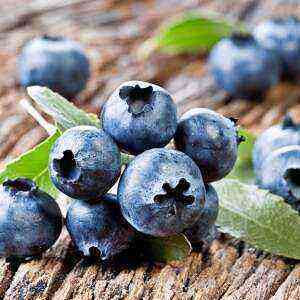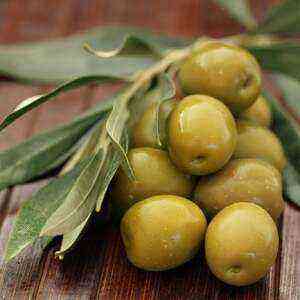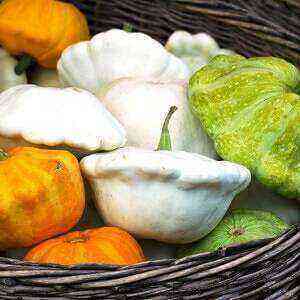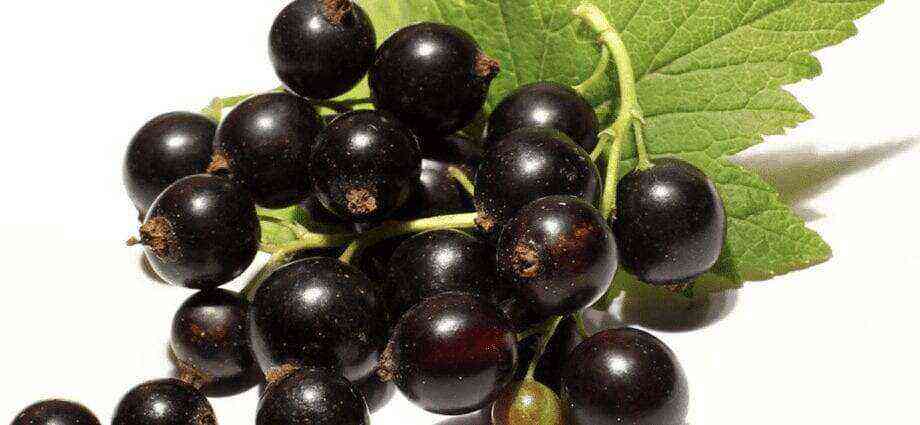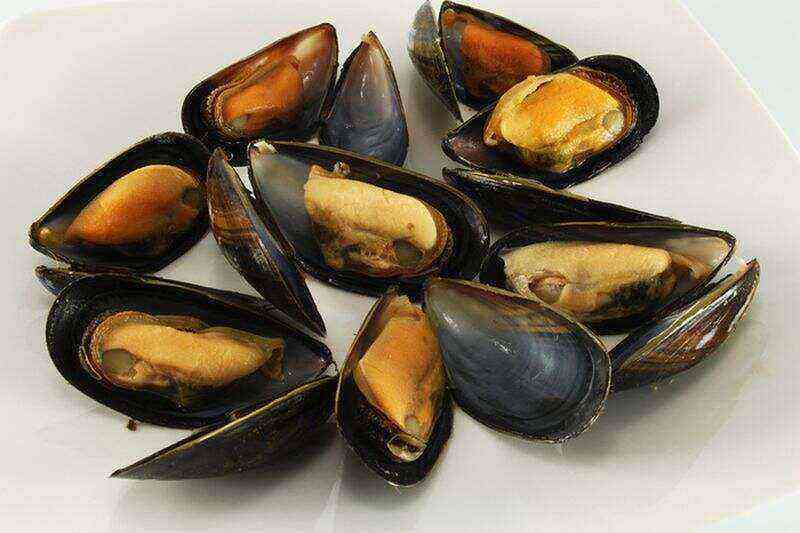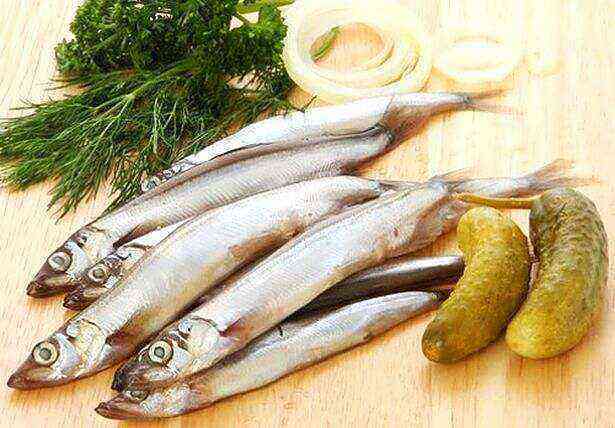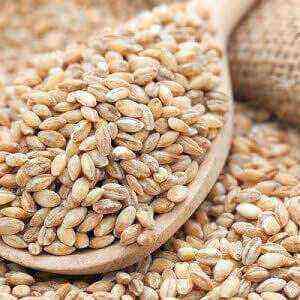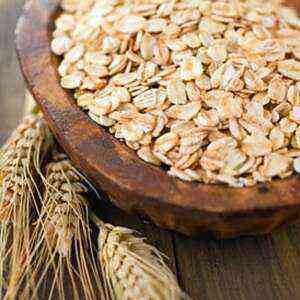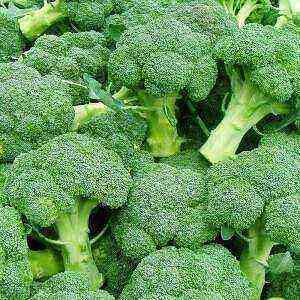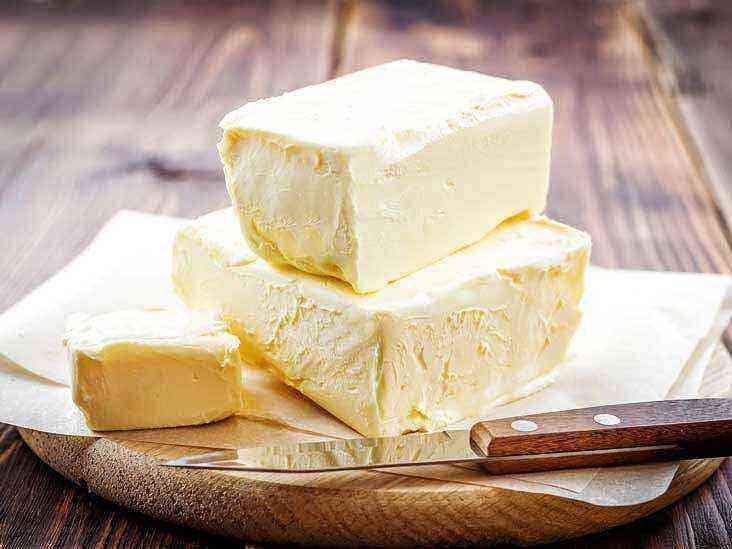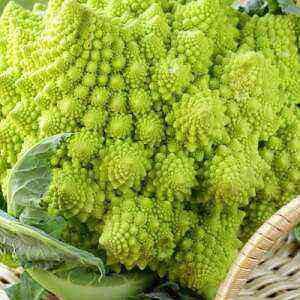Olive (lat. Olea) is an evergreen tree or shrub of the olive family. It is also called olive or olive tree. Olives, like olives, are fruits of the same tree, and they differ only in color, which differs depending on the moment of harvesting the fruits. Early harvested fruits have a light green color, which received the same name – olive, and if they are not harvested early, then as they ripen on the tree, the fruits become bluish-black. The oldest cultivated species is the European olive. This tree grows mainly in the Mediterranean countries. The largest suppliers of olives and olives are Italy, Greece, Turkey. Olive trees live for over three hundred years.
Olive is the most valuable oilseed crop. Fatty olive oil is extracted from the fruits of olives, which is both a food product and a valuable industrial raw material used in medicine, cosmetology, and perfumery. The olive branch is an ancient heraldic symbol depicted on many coats of arms.
Useful properties of olives
Olives contain many useful substances, such as: vitamins A, D, E, ascorbic acid, potassium, calcium, manganese, phosphorus, sulfur, iron and copper. It contains a large amount of antioxidant substances that prevent aging of the body and protect it from the effects of free radicals, as well as strengthen the immune system and increase its resistance to infections. And of course, the main valuable component of olives is olive oil.













